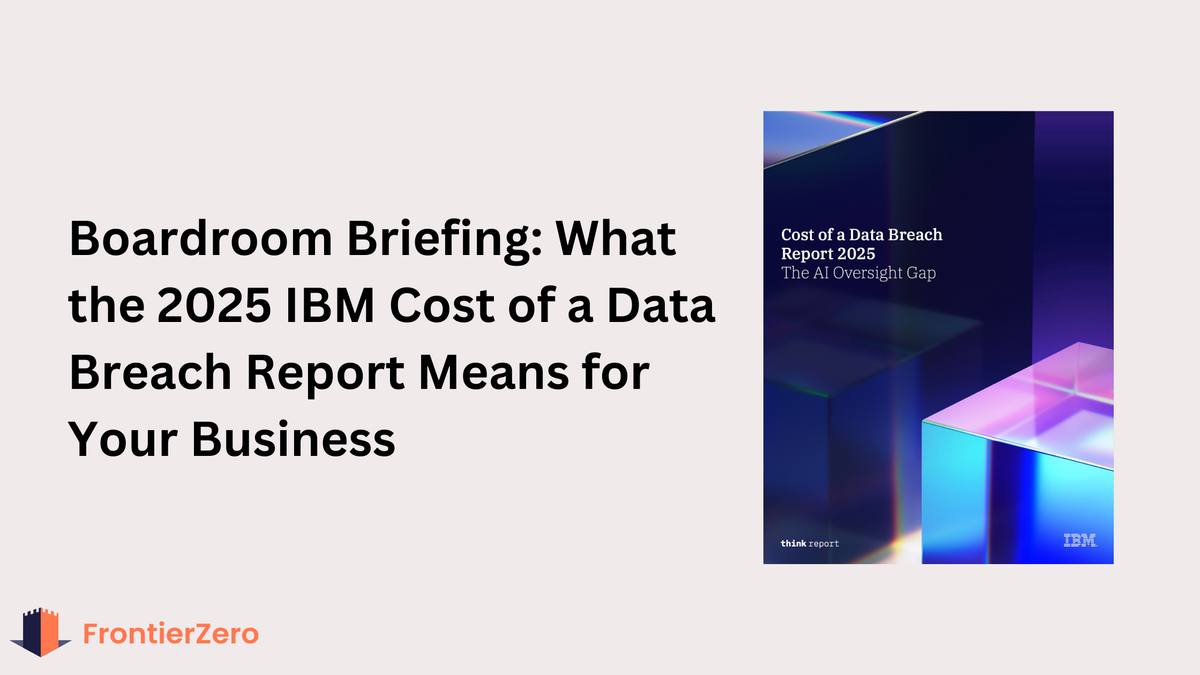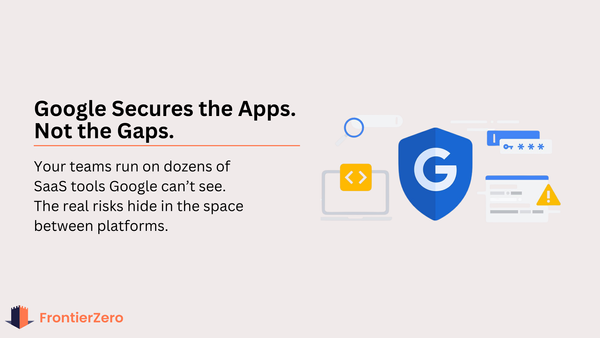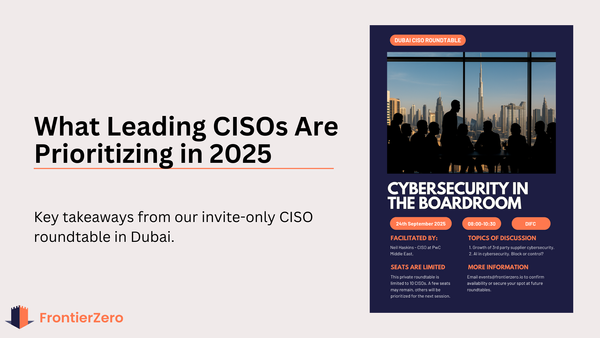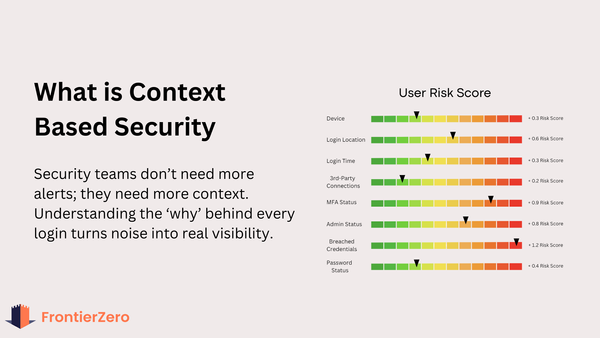Middle East Boardroom Brief: 5 Critical Data Breach Takeaways
Insights from the 2025 IBM Cost of a Data Breach Report

The 2025 IBM Cost of a Data Breach Report confirms what many Middle East boards already know — our region is a high-cost target for cyberattacks.
Even with a 17% drop from last year, breach costs here still average USD 7.29M, the second-highest in the world after the US.
Why? Longer breach lifecycles. Complex supply chains. Strict compliance obligations.
In high-trust industries like finance, energy, and government, trust is currency,and a breach burns through it fast.
Here are the five insights that should be front and center in every 2025 boardroom conversation.
1. Middle East Breach Costs Remain Among the World’s Highest
- USD 7.29M average breach cost (down from USD 8.75M in 2024)
- Still #2 globally, behind only the United States (USD 10.22M)
- Global average: USD 4.44M
Why it matters: Even with the drop, Middle East organizations face a 64% higher financial exposure than the global average.
This “regional risk premium” should be reflected in cybersecurity budgets, not just in IT line items, but in enterprise-wide risk management.
Board takeaway: Align budget with risk reality. Treat cyber resilience like insurance — you’re paying to keep the business alive when the worst happens.
2. Supply Chain Attacks Are the Boardroom’s Blind Spot
- USD 4.91M per incident — nearly matching malicious insiders (USD 4.92M)
- 267 days to identify and contain — the longest of any attack vector
Why it matters: Once you trust a vendor, attackers can blend into that connection and operate in plain sight.
In a SaaS-driven environment, that could mean an unsanctioned file-sharing app, a third-party AI note-taker, or an integration you forgot existed.
Further reading: The Hidden Risks of SaaS Supply Chain Attacks — and How to Stay Ahead
Board takeaway: Security due diligence can’t end at onboarding. Mandate continuous monitoring of every vendor connection — and make it part of your contractual terms.
3. Identity Failures Drive AI-Related Breaches
- 97% of AI-related incidents involve organizations lacking proper AI access controls
- Shadow AI adds USD 670K to breach costs
- Attackers are “logging in, not hacking in” — using stolen or mismanaged credentials
Why it matters: Generative AI is amplifying both risk and reward. Without enterprise-wide identity governance, you’re giving unknown AI tools the same trust as your HR platform or ERP system.
Further reading: Shadow IT Isn’t a Threat. It’s a Map.
Board takeaway: Implement phishing-resistant authentication and role-based access controls — for both humans and AI systems. AI governance must be built into SaaS onboarding, not bolted on later.
4. Breaches Disrupt Operations in 86% of Cases
- Nearly 9 in 10 breaches cause operational downtime
- Recovery takes over 100 days for 76% of organizations
- Lost business costs average USD 1.47M per breach
Why it matters: In high-stakes sectors, downtime means lost revenue, SLA breaches, and regulatory scrutiny — sometimes all at once.
Board takeaway: Prevention isn’t enough. Invest in business continuity and disaster recovery exercises. Cyber resilience is about how fast you can get back up, not just whether you can keep attackers out.
5. Regulatory Fines Are Rising
- 32% of breaches trigger financial penalties
- 48% of fines exceed USD 100K
- Global trend: regulators are tightening penalties; the Middle East is likely to follow
Why it matters: Fines are no longer a rounding error — they’re a headline cost driver, alongside lost business and legal fees.
Board takeaway: Ensure compliance programs are proactive, not reactive. Factor escalating penalties into financial risk calculations.
Strategic Recommendations for Middle East Boards
Immediate (0–90 days)
- Audit third-party vendor security posture
- Implement AI governance policies
- Strengthen identity and access management
Mid-Term (3–12 months)
- Deploy AI-powered security tools (AI/automation saves USD 1.9M per breach on average)
- Expand business continuity planning
- Establish resilience metrics that go beyond compliance
Long-Term
Position cybersecurity as a business enabler. In the Middle East, where the average breach costs USD 7.29M, treating security as just an IT function is a risk no board can afford.
Take the Next Step: See FrontierZero in Action
Breaches aren’t slowing down — but neither should your visibility.
The organizations that stay ahead are the ones that can see every app, user, and integration — sanctioned or shadow — in real time.
That’s exactly what FrontierZero delivers:
- Map every SaaS app and AI tool touching your data
- Monitor insider activity and third-party connections
- Detect misconfigurations before they become breach headlines
Your breach prevention advantage starts here → Start your free trial today




